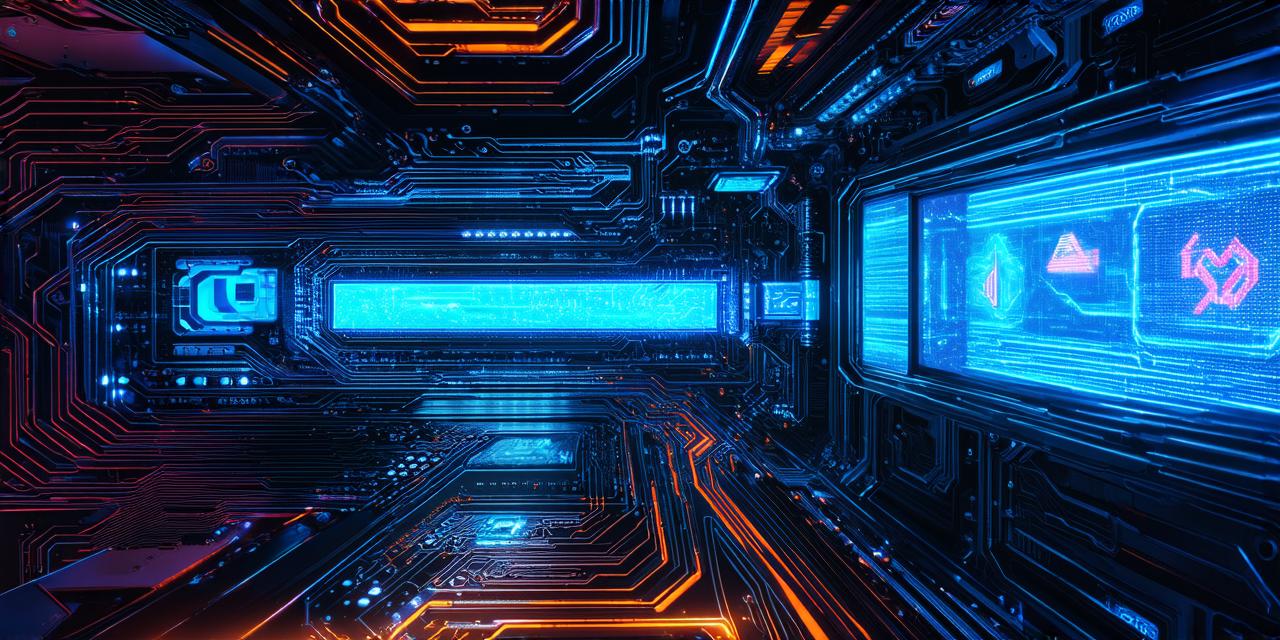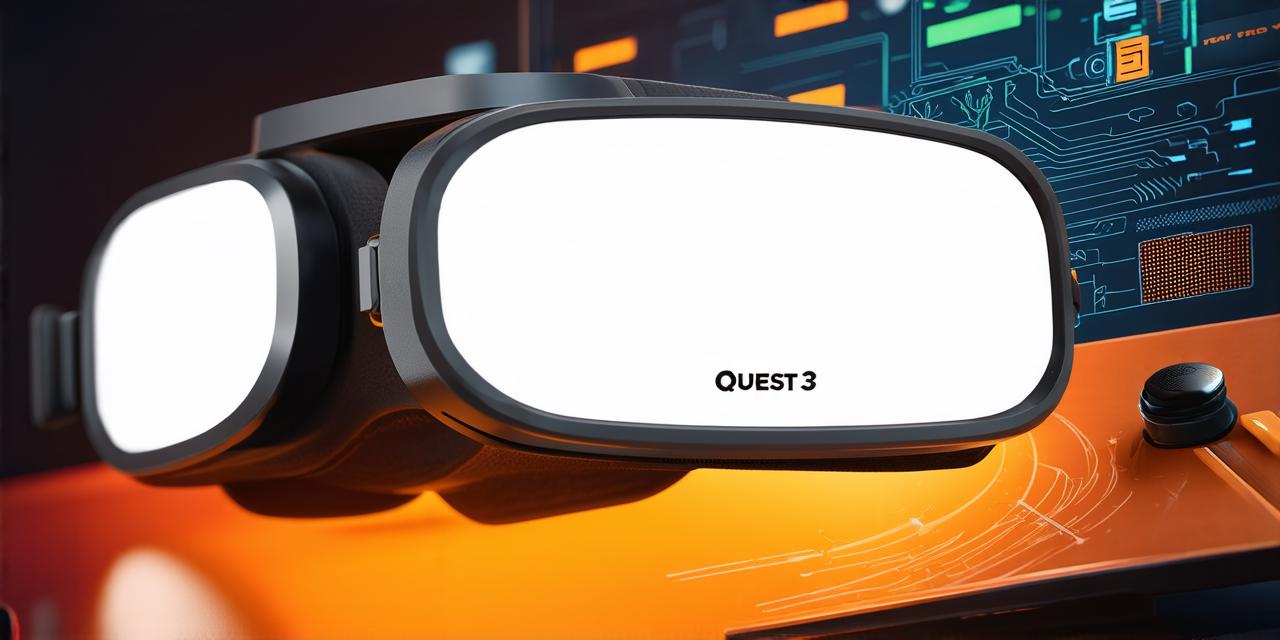Mixed reality (MR) is a technology that combines real-world environments with computer-generated graphics to create a hybrid experience. It blurs the line between the physical and virtual worlds, allowing users to interact with both in a seamless and natural way. However, some people may confuse MR with 3D technology, which is used to create three-dimensional representations of objects and scenes. In this article, we will explore the differences between MR and 3D technology and determine whether they are synonymous.
What is Mixed Reality?
Mixed reality involves overlaying digital content onto the real world, creating a new and enhanced reality that combines both physical and virtual elements. MR technology can be used in a variety of applications, including gaming, education, healthcare, and more. It enables users to interact with virtual objects and environments in a way that feels natural and intuitive, allowing them to experience the benefits of both worlds.
What is 3D Technology?
3D technology, on the other hand, involves creating three-dimensional representations of objects and scenes. This can be done using various methods, such as computer-aided design (CAD), 3D modeling software, or even simple techniques like shadow casting and depth mapping. 3D technology is used in a wide range of applications, including animation, gaming, architecture, engineering, and more.
Are MR and 3D Technology the Same?
While both MR and 3D technology involve creating digital representations of objects and scenes, they are not the same thing. Mixed reality involves overlaying digital content onto the real world, while 3D technology involves creating three-dimensional models that can be viewed from any angle. In other words, MR technology is a way to enhance the real world with digital elements, while 3D technology is a way to create digital representations of objects and scenes.



